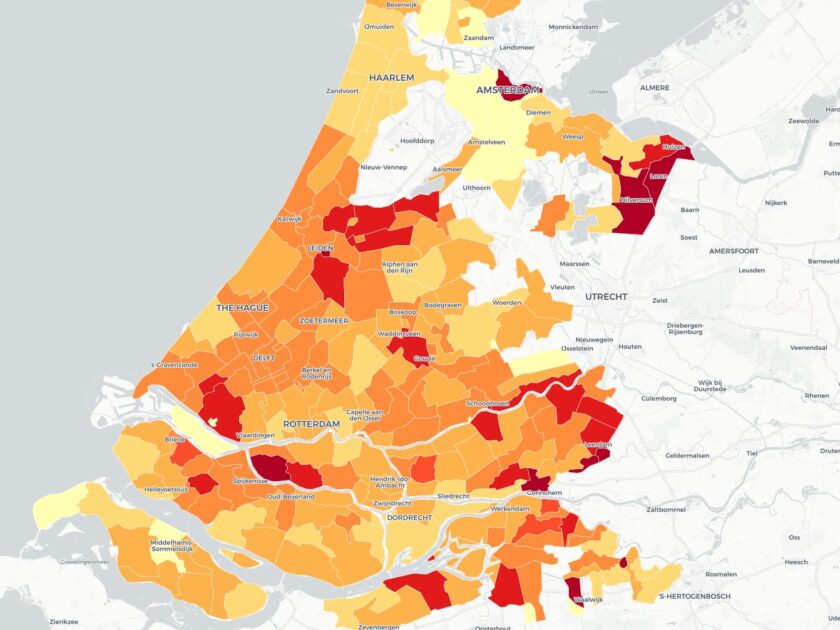The cattle disease rinderpest devastated Europe throughout the eighteenth century. The practice of preventative slaughter, or stamping out, has been seen as the most effective method of containing the disease. Historians frame this strategy as a measure of the effectiveness of centralized bureaucracy in handling epidemic outbreaks. The Austrian Netherlands, which enacted a stamping out policy during the rinderpest epidemic of 1769-1785, is often cast opposite the decentralized Dutch Republic, which did not. That mortality was more severe in Holland than in Flanders is interpreted as a consequence of this difference. This article compares the disease management of Flanders and South Holland as well as the differential mortality of cattle in the initial years of the outbreak. We argue that stamping out should not be used as the standard for evaluating effective management. Both South Holland and Flanders relied on a high degree of state intervention. No strategies were universally effective. Explanations must be sought in regional socio-ecological structures. Rather than a consequence of state action or inaction, rinderpest mortality responded to the movement of cattle for pasturing and trade, structural differences in land use, and the resultant divergences in agricultural practices and herd management. Rather than state intervention, extensive commercial cattleholding explains the highly variable mortality.
